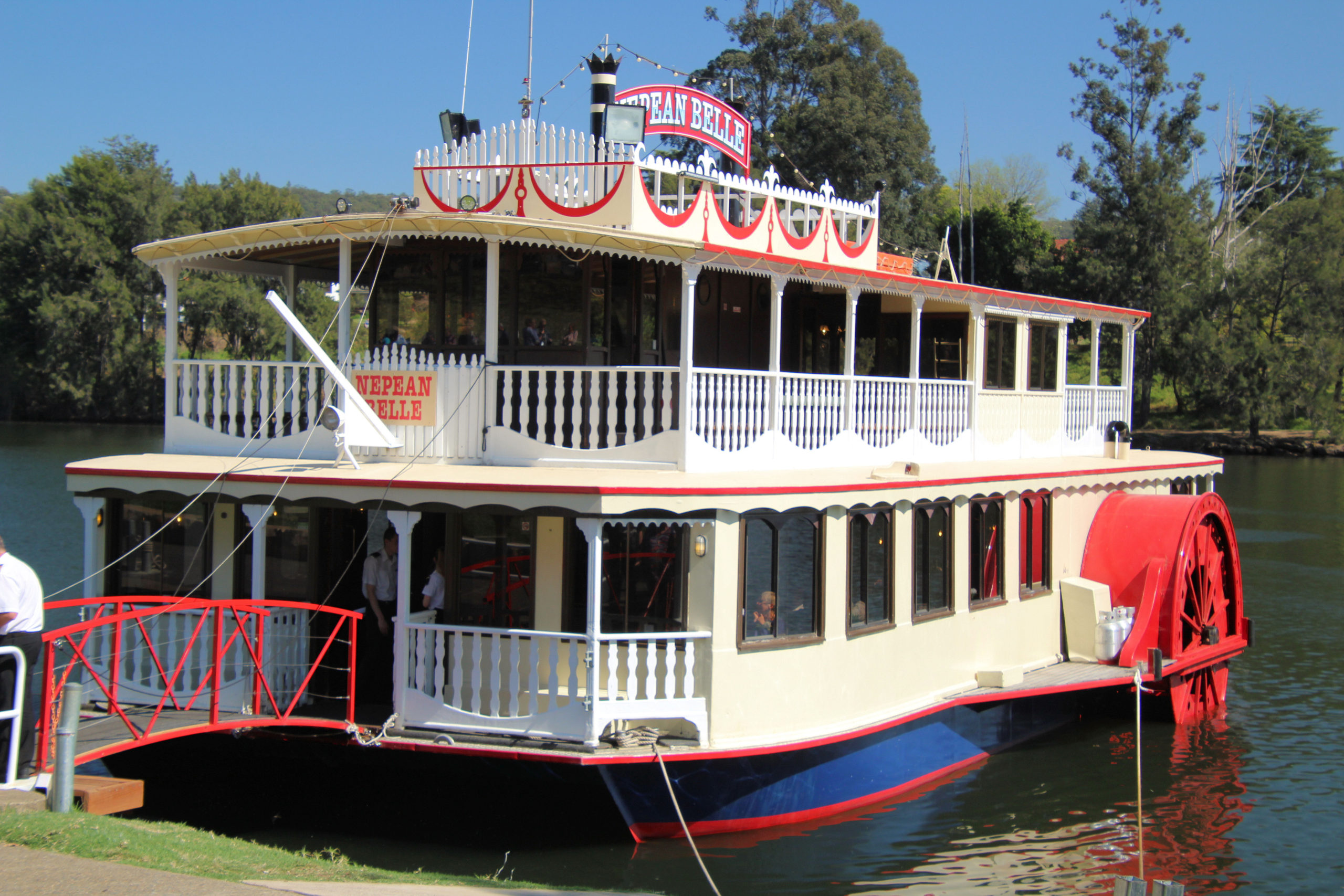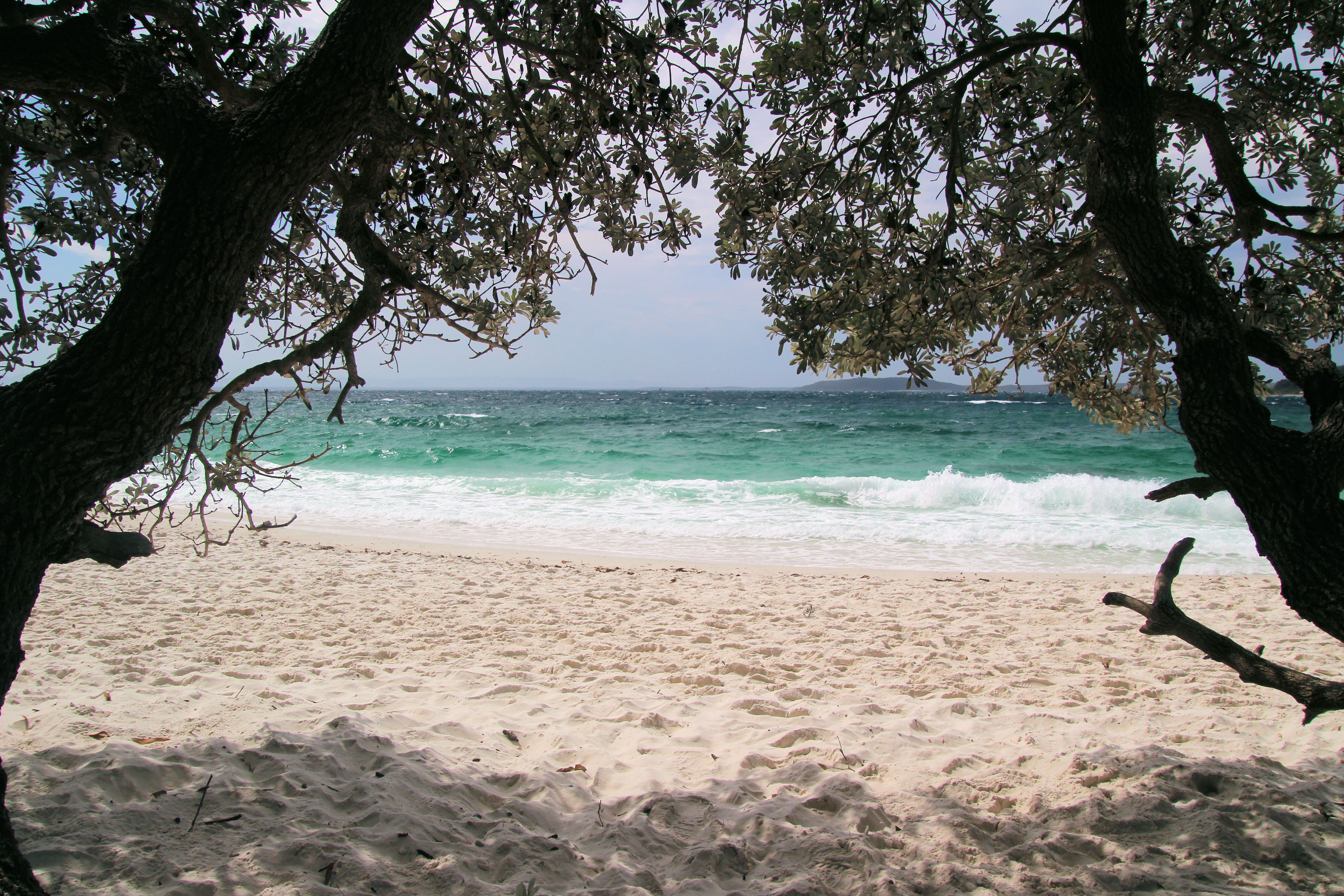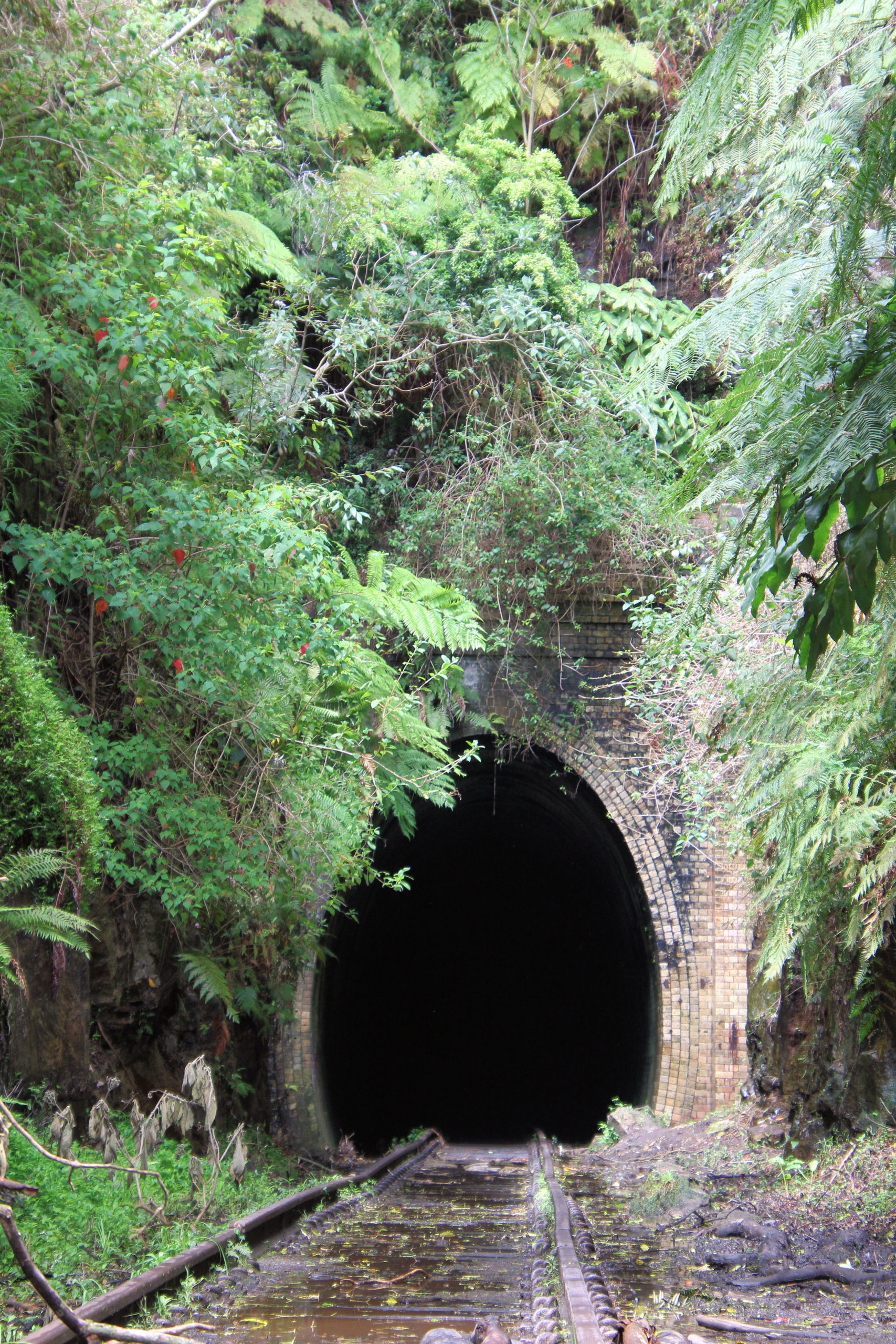Category: Activity
-
Nepean Belle Paddlewheeler

Nepean Belle Paddlewheeler A great way to experience the Nepean River at Penrith is to take a cruise on the Nepean Belle Paddlewheeler down the 50 million year old gorge. This gives you a nice relaxed environment, while viewing the river and enjoying morning tea or lunch. We chose the morning tea cruise, giving us… Read more
-
Jervis Bay

Jervis Bay Located a three-hour drive south of Sydney, Jervis Bay is one of Australia’s most popular holiday destinations. The abundance of white sandy beaches, bush and accommodation makes it a great place to enjoy a relaxing break. With two national parks, there’s plenty of places for nature lovers to explore. Beecroft Peninsula Forming the… Read more
-
Helensburgh Glow Worm Tunnel

We visited Helensburgh on a trip from The Hunter Valley to Jervis Bay, which made a fun, if a little out of the way stop. The main reason for going there was to see the Glow Worm Tunnel, an old railway tunnel, now disused but home to glow worms. In the past the tunnel was… Read more